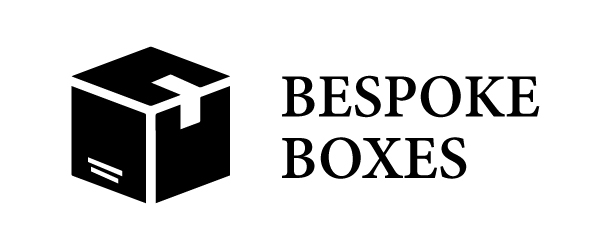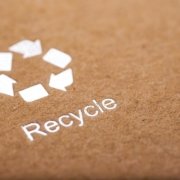Unpacking Circular Thinking
The issues with global reliance on linear supply chains have come to the fore. Our dependency on Russian gas, Chinese microchips and Ukrainian sunflower oil has increased the impact of global economic and political situations. We face shortages, long lead times and steep price increases as a result of these, and other, supply chain disruptions.
The only long-term solution is to widely embrace the circular economy. That is, products and packaging that are fully or predominantly made from recycled materials and that can be widely reused or recycled. Where possible, the processes involved should be powered by renewable energy.
Benefits of Circular Economy Solutions
In most cases, the design and adoption of circular economy solutions bring financial and environmental benefits, whilst reducing the risk of disruption. Collectively, these factors make future production more sustainable.
What’s more, consumers are favouring brands that actively prioritise sustainability. They are looking to manufacturers to step up, evolve and make it easier for them to be conscious shoppers. As no business exists without customers, this alone should be considered a major benefit of circular solutions.
Replace High-risk Products & Packaging
Despite this, a recent article in Sustainable Packaging News suggests that only 9% of global businesses are prioritising the circular economy. The article advises businesses to identify high-risk products and packaging supply chains and replace these with sustainable alternatives.
Read the full article here: https://spnews.com/pallets-supply-chain/
As paper-based packaging is manufactured from at least 70% recycled fibres and is widely recycled after use, it ticks more boxes than many other packaging materials. Speak to your local cardboard box manufacturer about sustainable packaging solutions.







